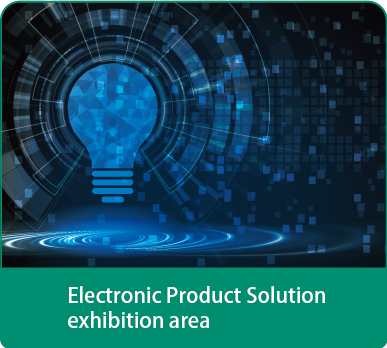
As I stood in the bustling hall of an electronics exhibition, surrounded by cutting-edge technology and innovative displays, I couldn’t help but reflect on the intricate logistics that brought these marvels to life. Each booth represented not just a product, but a carefully orchestrated plan involving transportation, timing, and teamwork. It was here that I realized how vital effective transportation planning is to the success of such exhibitions.
The Intricacies of Transportation in Electronics Exhibitions
Electronics exhibitions are more than mere showcases; they are complex ecosystems where every component must be meticulously planned and executed. The transportation attributes associated with these events play a crucial role in ensuring that products arrive safely and on time. From high-tech gadgets to bulky machinery, each item requires specialized handling during transit. This necessity for precision extends into Transportation Planning as well—where routes are optimized, schedules adhered to strictly, and contingencies prepared for unforeseen delays.
The Role of International Industrial Exhibitions in Transportation Planning

international industrial exhibitions elevate this complexity further by introducing global dimensions into transportation planning. When exhibitors come from various countries with diverse regulations and logistical challenges, it becomes imperative to have robust strategies in place. These strategies often involve collaboration between international freight forwarders who understand local customs laws while also considering factors like shipping times and costs. In this context, successful participation hinges not only on showcasing innovations but also on navigating the labyrinthine pathways of international transport logistics effectively.
Diving Deeper: ITES’ Impact on Transportation Planning
The Information Technology Enabled Services (ITES) sector significantly influences how we approach Transportation Planning within electronics exhibitions. By leveraging advanced technologies such as real-time tracking systems and data analytics tools, stakeholders can gain insights into shipment statuses at any given moment. This capability allows for proactive decision-making—whether it’s rerouting shipments due to unexpected weather conditions or adjusting timelines based on traffic patterns near event venues—all aimed at minimizing disruptions during critical periods leading up to an exhibition.
Conclusion: The Essential Nature of Effective Transport Logistics
In summary, electronics exhibitions serve as vibrant platforms for innovation yet rely heavily upon meticulous transportation planning processes behind the scenes. Understanding their unique characteristics—from managing international complexities to utilizing ITES advancements—is essential for anyone involved in organizing or participating in these events. As we continue embracing technological progress within our industries, let us remain vigilant about optimizing our logistics frameworks so that we can showcase our best work without compromise.

